The Oldest Bottle of Champagne – A Taste Of History
21st September 2022
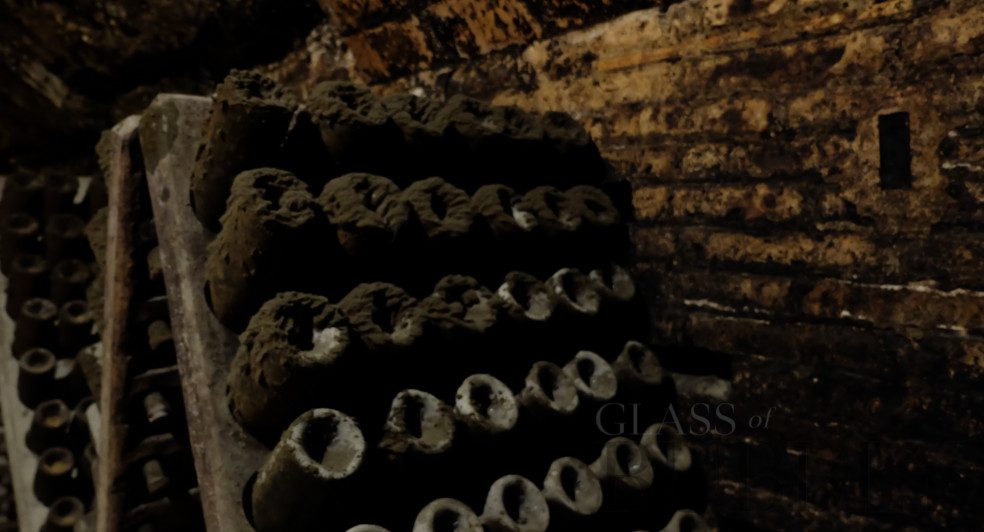
We’ve all wished at one point in our lives to travel back in time and either redo the past or experience a time before us, although I don’t have the answer for time travel in the sense that we’d all like, what I do have is a way to taste history in the form of Champagnes and Sparkling Wines.
History can be bottled, most of the time we only see history, in videos, in ancients artifacts, in fossils, or we can occasionally hear it from our grandparents, but with Champagne and Sparkling Wine, we can really get a taste of what life was like back then, even if it is only is one small, but delightful way.
Most of us get to taste a young version of history with a vintage Champagne or Sparkling Wine from just a few years back, but to really taste history before our time, will be a bit harder because the price tag is going to be hefty and the bottles rarer.
How Far Back Can We Taste?
Although you can’t go back to the dinosaurs or the stone age, you could venture back at least 100 years, but be prepared to pay an arm and a leg to get just a taste of what life was like.
Non-Vintage Champagne is said to keep well for up to 3 years before starting to decline in quality, Vintage Champagne is said to last up to 10 years before declining in quality, but after tasting a Vintage 1966 Champagne in Aÿ, I really can’t stand by that statement too much, although the bubbles had completely disappeared, the aromas and flavours were absolutely remarkable.
The Oldest Bottle of Champagne
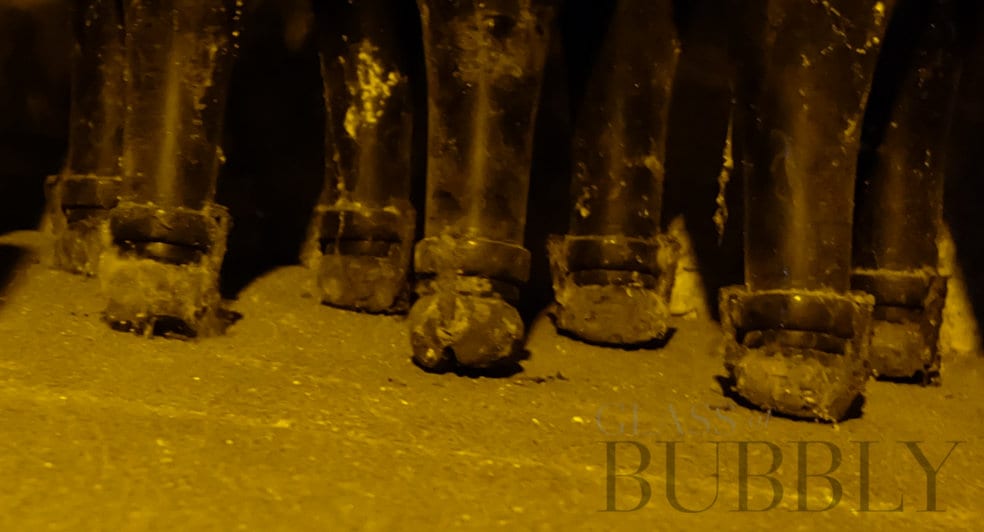
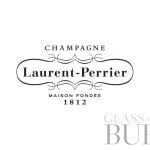 The oldest bottle of Champagne still in existence, is believed to be Perrier-Jouet’s 1825 Vintage, although, in 2010, we almost discovered something older.
The oldest bottle of Champagne still in existence, is believed to be Perrier-Jouet’s 1825 Vintage, although, in 2010, we almost discovered something older.
While exploring a shipwreck, 168 Champagne bottles were discovered, and as you can imagine, an exciting discovery it would have been and to celebrate, they actually popped opened one of the Champagne bottles shortly after and tasted a piece of history, they went on record by saying it was “fantastic” the Champagne delivered a very sweet taste, with prominent oak and tobacco, with tiny bubbles still dancing around the glass. They first drank straight from the bottle, before (in their words) “Then we became more sophisticated and took the plastic glass.”
The bottles were discovered in a shipwreck on Baltic Seabed, off the coast of the Åland Islands, which is an autonomous region belonging to Finland, the Champagne bottles belonged to Clicquot & Juglar, thought to pre-date the French Revolution, going back between 1782 to 1788.
As the water either dissolved or removed any labels that might have been attached to the bottles, the only way to determine who produced such bottles, was by identifying the corks which were branded with the logos of Clicquot and Juglar.
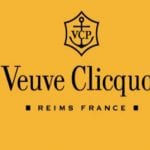
An interview one year later in 2011 with Fabienne Moreau who was in charge of Veuve Clicquot’s patrimony at the time, stated that ’47 bottles belonged to Clicquot’ and that they believed the bottles dated back to either 1839-1840. That would mean the remaining 122 bottles belonged to Juglar, you can watch the full interview here.
You may never have heard of Champagne Juglar, that’s because they are no longer in operation, they were absorbed by Jacquesson Champagne after they purchased their vineyards in 1829.
Out of the 168 bottles discovered, 1 was opened by Christian Ekstroma, 5 were donated to the Finnish government to preserve as artifacts, 1 bottle was sent to France to be analyzed, 10 bottles were examined by Veuve Clicquot with the Aland authorities, 2 bottles were opened and tasted by Champagne experts, 2 were put up for auction, where one of the bottles fetched £26,700 or 30,000 Euros. Over the past decade, you can be sure more of these bottles have been popped open and sold.
Bonus Info on Veuve Clicquot
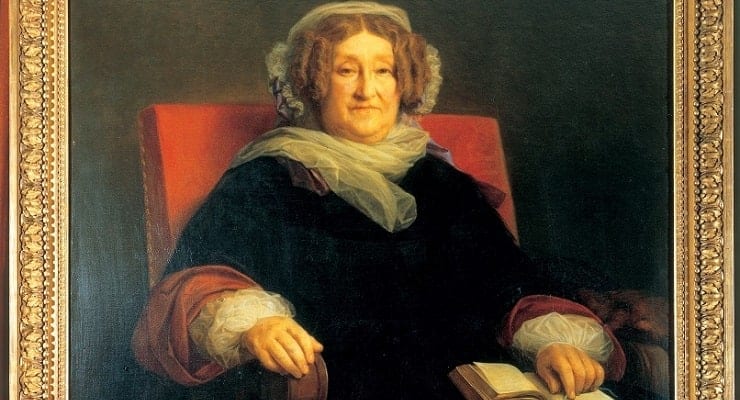
Madame Clicquot
The Clicquot house was founded by Phillippe Clicquot-Muiron in 1772, located in Reims. During the early years of the company, they were involved with banking and wool trading in addition to producing Champagne.
Clicquot is also credited with creating the first vintage Champagne in the year 1810 thanks to Madame Clicquot, who took over the business in 1805, at the age of 27, after François Clicquot passed away.
The Oldest Bottle of Wine
If you’re looking to taste back to the Vikings, Romans, or Before Christ, then that’s probably a little bit out of reach, the oldest bottle of ‘Wine’ known to us is called the ‘Römerwein‘, it remains inside a Speyer Wine Bottle, stored in the Historical Museum of the Palatinate in Speyer, it is one of Germany’s cultural treasures.
The wine is said to have been bottled between the years 325-350 after Christ, if you’re trying to do the math, it’s about 1650 years old. The Wine is in a greenish-yellow, cylindrical glass bottle with two handles connected to the bottleneck (dolphin-shaped handles). The bottle was discovered during an excavation of a 4-century AD Roman nobleman’s Tomb near Speyer in 1867, the bottle size is 1.5 liters, although isn’t full, a clear liquid can be seen in the bottle, with a mixture similar to rosin sitting on top.
Although it’s wine, it has been reported that it is no longer alcoholic, they believe that 3 parts of the liquid is wine, with it being infused with a mixture of herbs, the reason the wine has survived so long is because of the large amount of thick olive oil that was added to the bottle to seal out the air, along with a hot wax seal.
Scientists have of course considered opening the bottle to analyze the wine further, but they don’t really know what would happen to the wine once it comes into contact with air again, it might be just fine, it could go off or it might even evaporate. So for now it remains sealed.
Napoleon’s Wine

Napoleon is famous for many things, along with being a lover of Wine and Champagne, he is famously quoted saying “In victory, you deserve Champagne; in defeat, you need it.”
Near the end of his life, Napoleon was exiled to an island off the coast of Africa called St. Helena, during his last year in 1821, a now 200-year-old bottle of Grand Constance (wine) was supposed to make its way from South Africa into the hand of Napoleon Bonaparte, but he died before the grapes had even been picked.
The vintage bottle, meant for Napoleon sold for $30,000 at auction in South Africa, the bottle was also re-corked in 2019, meaning that the wine inside is still very much drinkable.
Image Credit: Napoleon Bonaparte – Madame Clicquot
![]()
Oliver Walkey
Champagne and Sparkling Wine Writer, Focused on Bringing the Exciting and Fascinating World of Bubbly to You.
